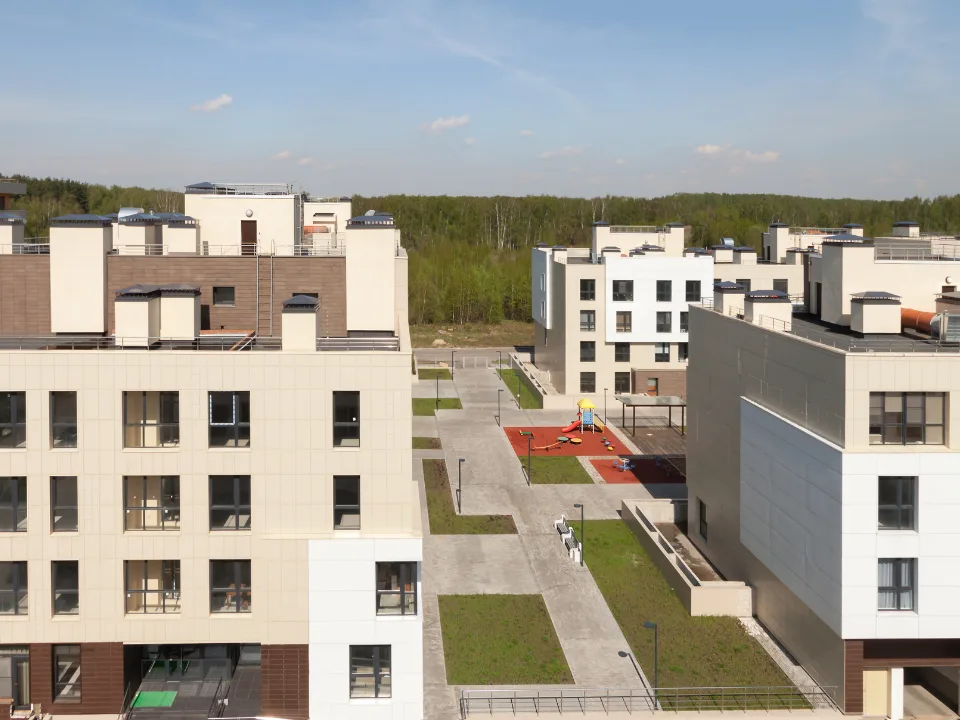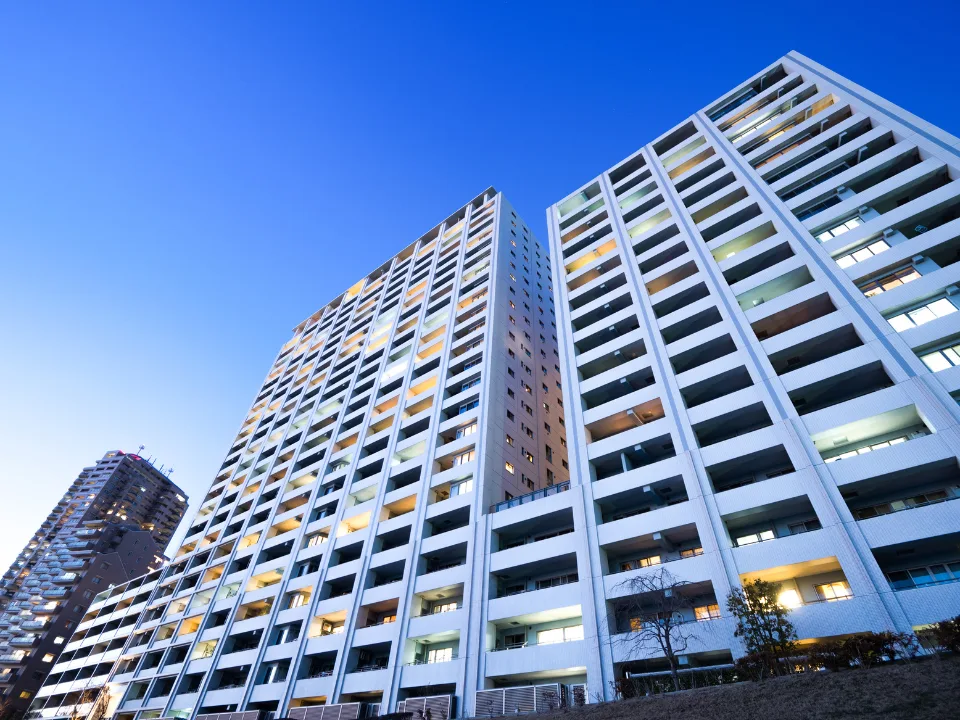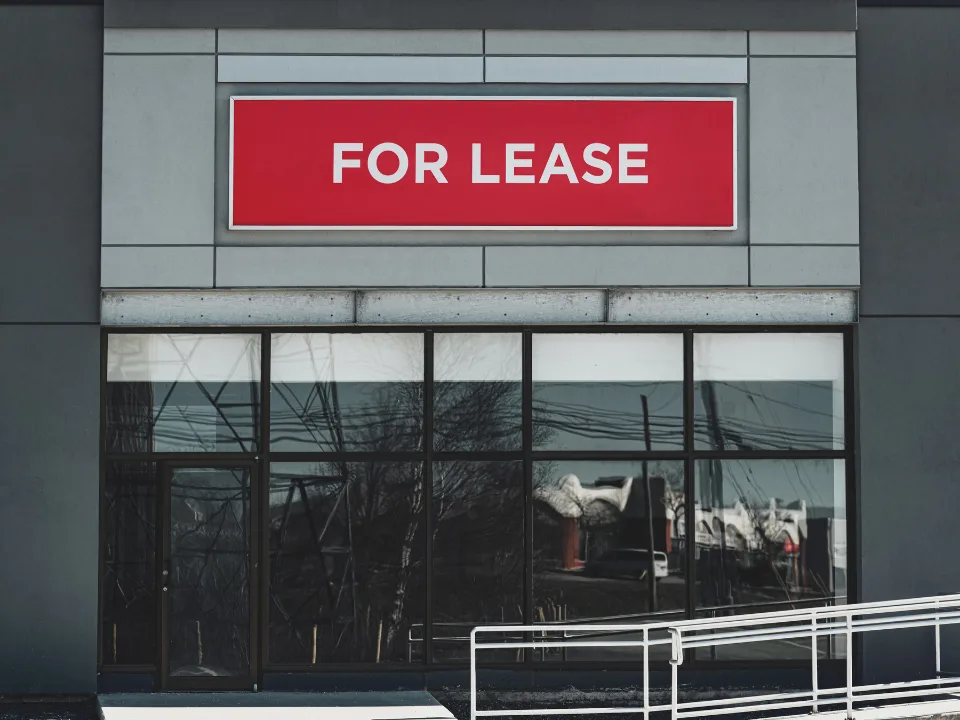- Median asking rent for units with two or fewer bedrooms in the 50 largest US metros fell 1.7% year-over-year in May, marking the 22nd consecutive month of declines.
- Federal tariffs and tighter international student policies are influencing regional markets, contributing to softness in cities like Boston, Seattle, and Denver.
- Rent declines are steepest in overbuilt metros such as Denver (down 7.5%), Memphis, and Cleveland—markets that saw significant multifamily permitting last year.
- Despite overall softness, rent growth is outpacing inflation in markets like New York, Miami, and Pittsburgh, which posted 43.2% rent growth since 2019.
A Market In Transition
May is typically a peak leasing period, but asking rents remained sluggish in much of the country. The median rent for two-bedroom and smaller units sat at $1,705 in the 50 largest US metros, reports Bisnow. That’s a $5 increase month-over-month, but still $54 below the August 2022 peak.
Since May 2023, national asking rents for this segment have fallen 1.7%, continuing a nearly two-year downward trend.
Policy Ripples
Some of the drag is being attributed to restrictive immigration policies from the Trump administration, particularly targeting international students. That’s softened demand in college-heavy metros like Boston (down 0.4%) and Seattle (down 2.3%).
Meanwhile, new 50% tariffs on steel and aluminum imports are expected to push construction costs higher, delaying projects and potentially reversing rent declines in heavily permitted markets.
Get Smarter about what matters in CRE
Stay ahead of trends in commercial real estate with CRE Daily – the free newsletter delivering everything you need to start your day in just 5-minutes
Oversupply Hits Certain Metros Hard
Markets that have led in multifamily permitting are now seeing rent pressure due to rising vacancies. These include:
- Denver: Down 7.5% YoY
- Memphis: Down 3.3%
- Cleveland: Down 1.9%
- Oklahoma City: Down 1.0%
Those metros, along with Milwaukee and Columbus, could see future rent upticks if construction slows due to rising input costs.
Bright Spots In The Midwest And South
Despite national softness, some markets are showing sustained rent growth:
- Pittsburgh leads all metros with 43.2% growth since May 2019.
- Indianapolis comes in fifth nationally, up 32.1% over the same span.
- Florida metros including Miami, Tampa, and Jacksonville also rank among the fastest-rising.
According to separate Zillow data, these gains are notable given that the for-sale housing market is also cooling, pushing more households into rental options.
What’s Next
As trade and immigration policies continue to shape both supply and demand dynamics, rent trajectories are expected to remain uneven across markets. While overbuilt metros may see further softening in the short term, tariff-induced cost pressures and slower construction starts could eventually push rents higher in 2026 and beyond.
Savvy investors and developers will need to watch for policy shifts and construction permitting trends as key signals for future rent performance.


















